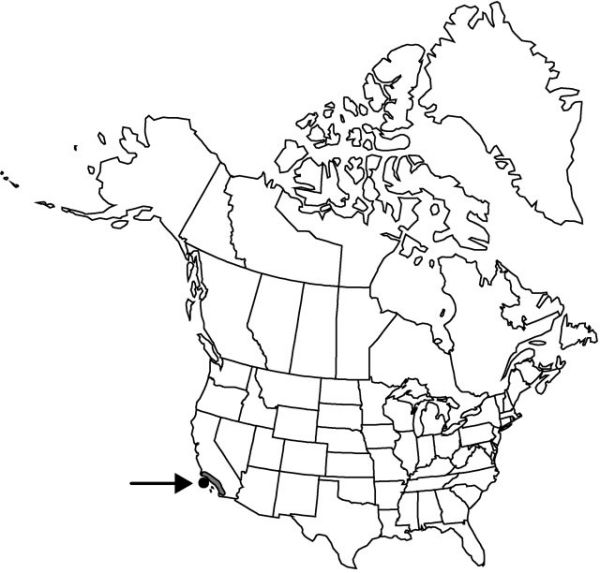Lilium humboldtii subsp. ocellatum
Aliso 9: 195. 1978.
Bulbs often purplish, especially apically; scales notched, segmented with 2–5 poorly defined segments, or occasionally unsegmented; stem roots frequently present. Racemes 1–25-flowered. Flowers: sepals and petals yellow or light orange, with large red or magenta spots aureolated with light red margins, spots bigger and their margins wider and lighter toward apex; pollen tan or peach, becoming yellow or tan-yellow, occasionally tan-orangish or rust. 2n = 24.
Phenology: Flowering late spring–summer (mid May–Jul).
Habitat: Oak canyons, chaparral
Elevation: 200–1800 m
Discussion
Subspecies ocellatum is rather similar to subsp. humboldtii, but the yellowish sepals and petals with widely margined spots, lighter-colored pollen, and purplish bulb with notched scales are distinctive. In addition to the mainland, it occurs on the larger northern Channel Islands, where it is the only native lily (C. F. Smith 1976).
Selected References
None.
